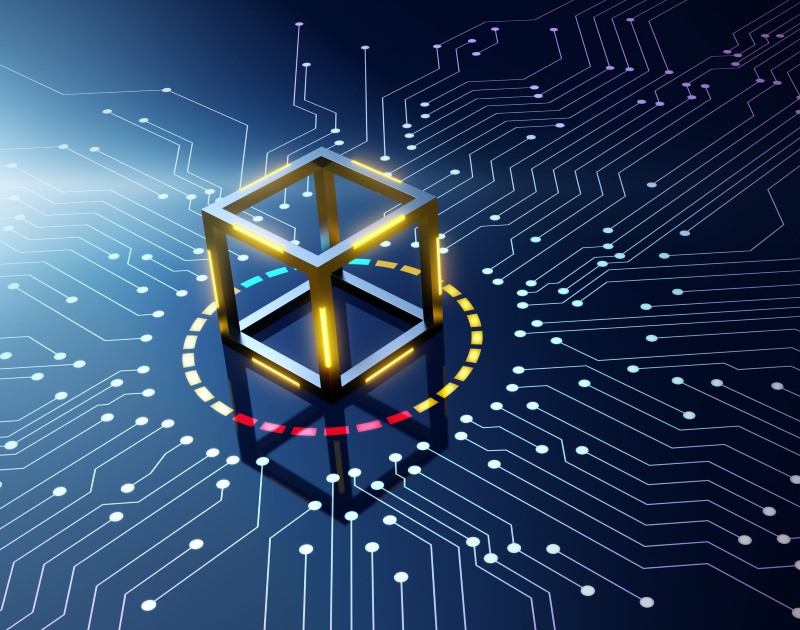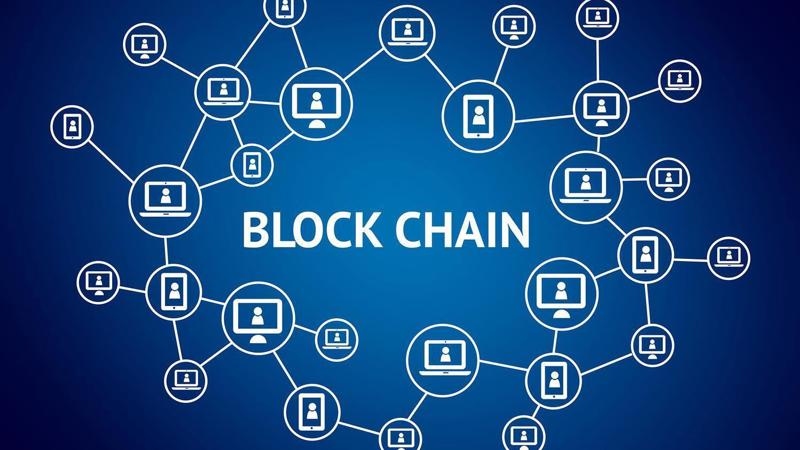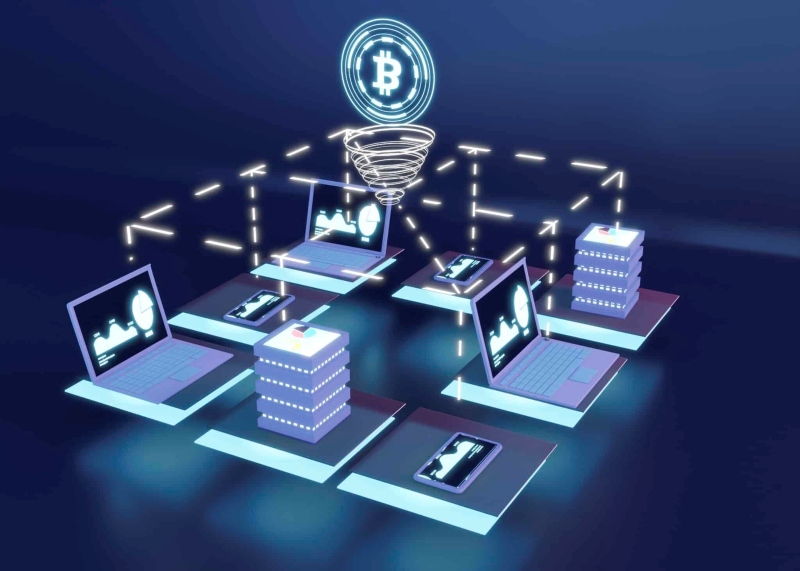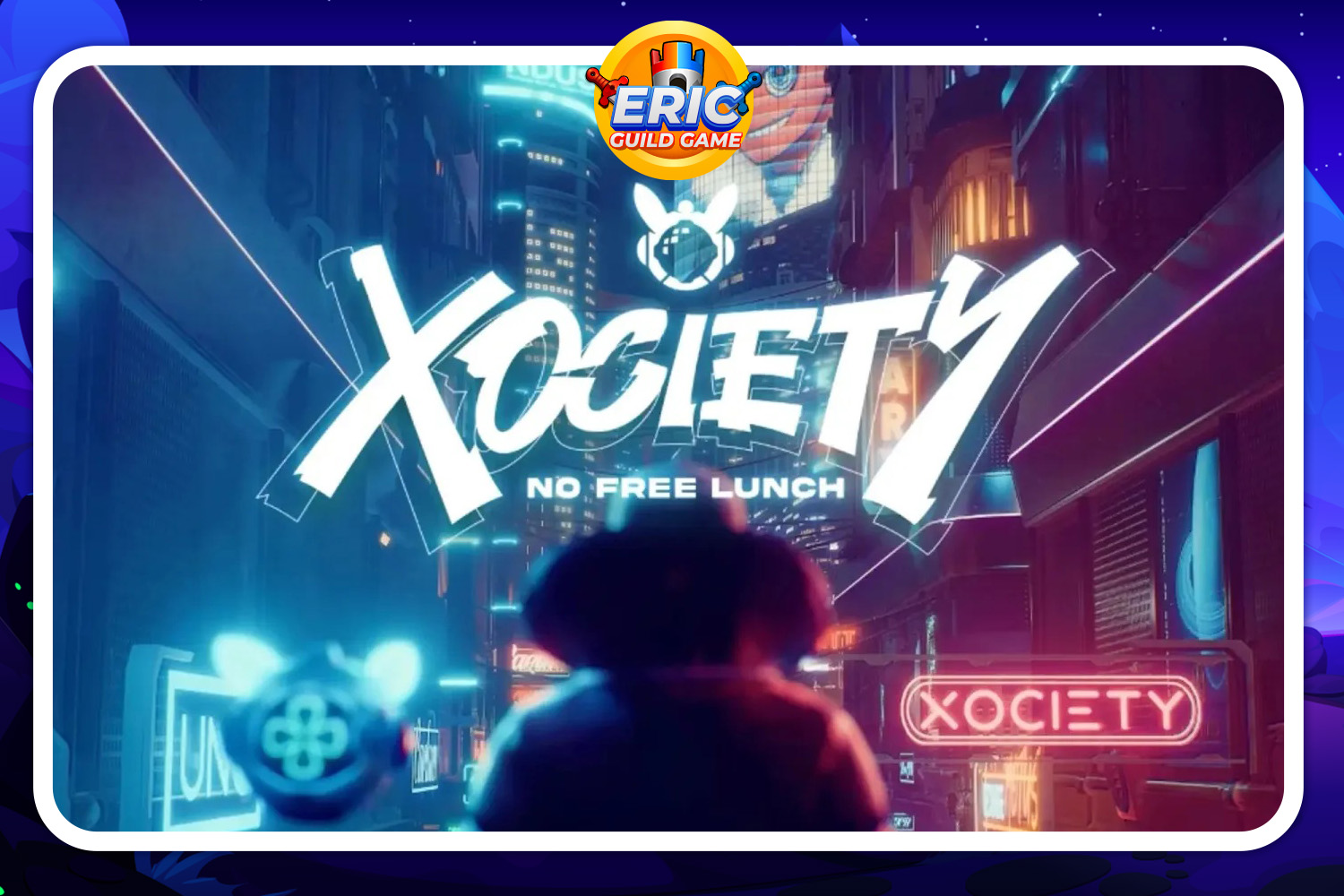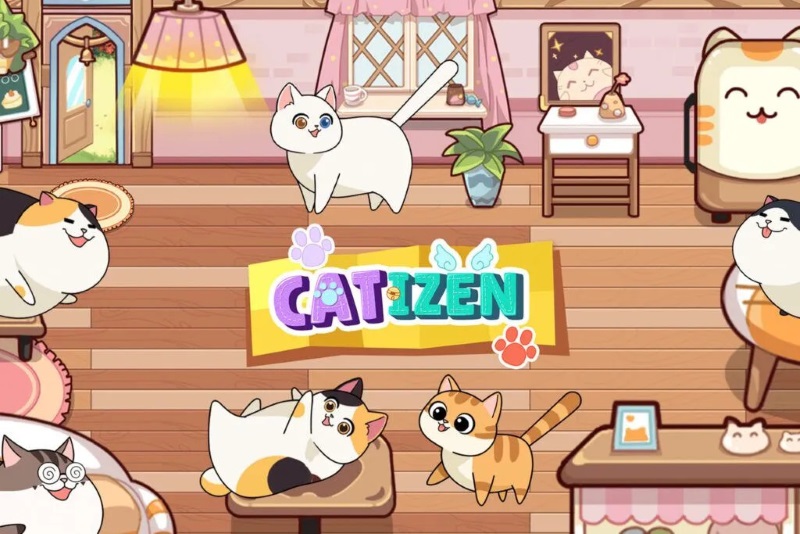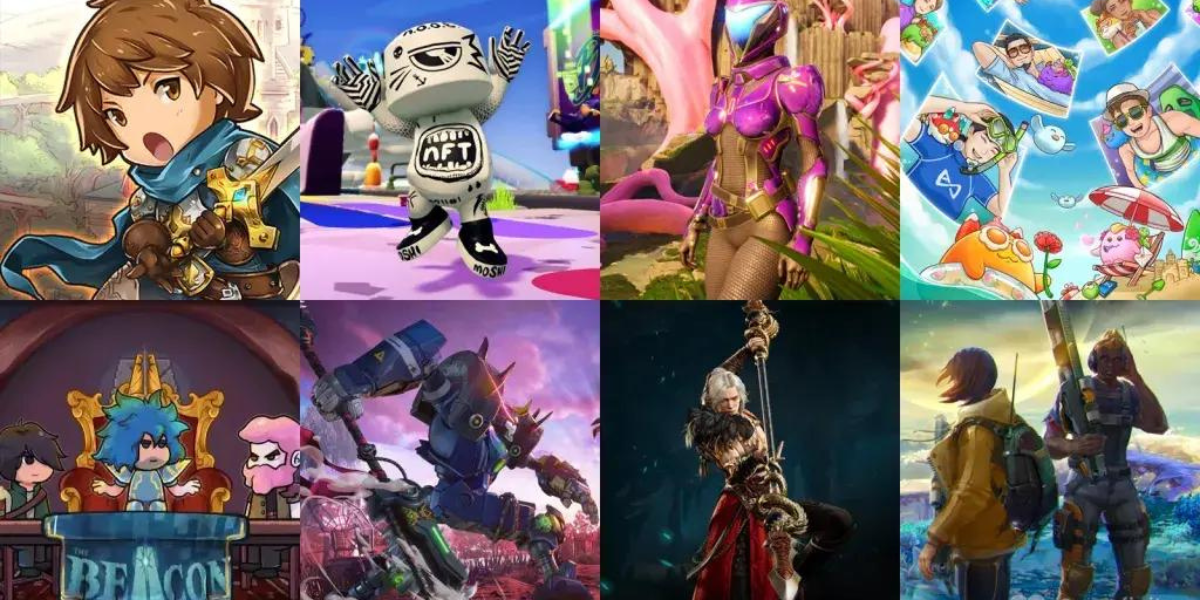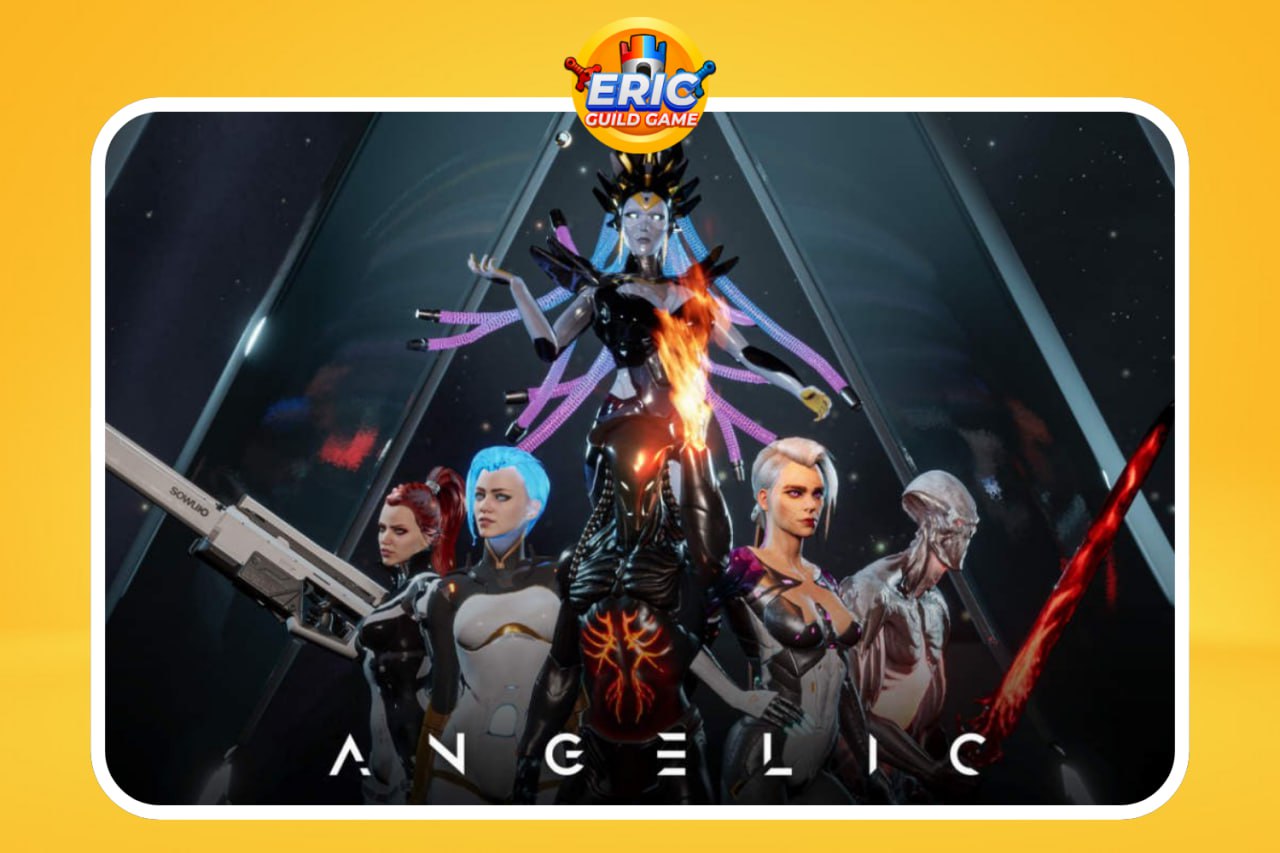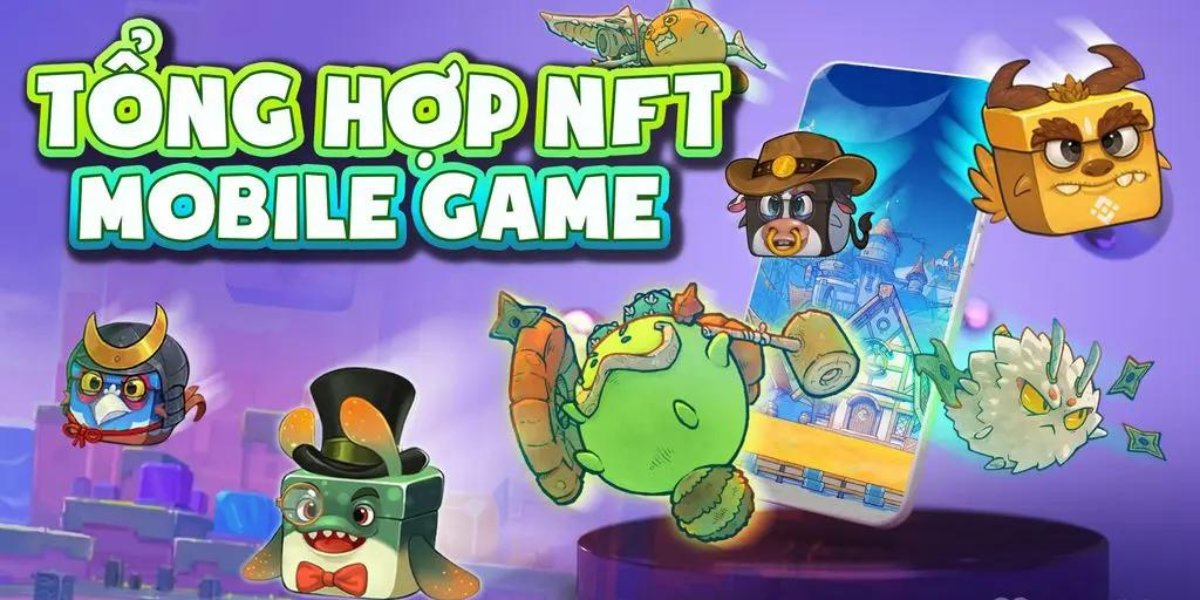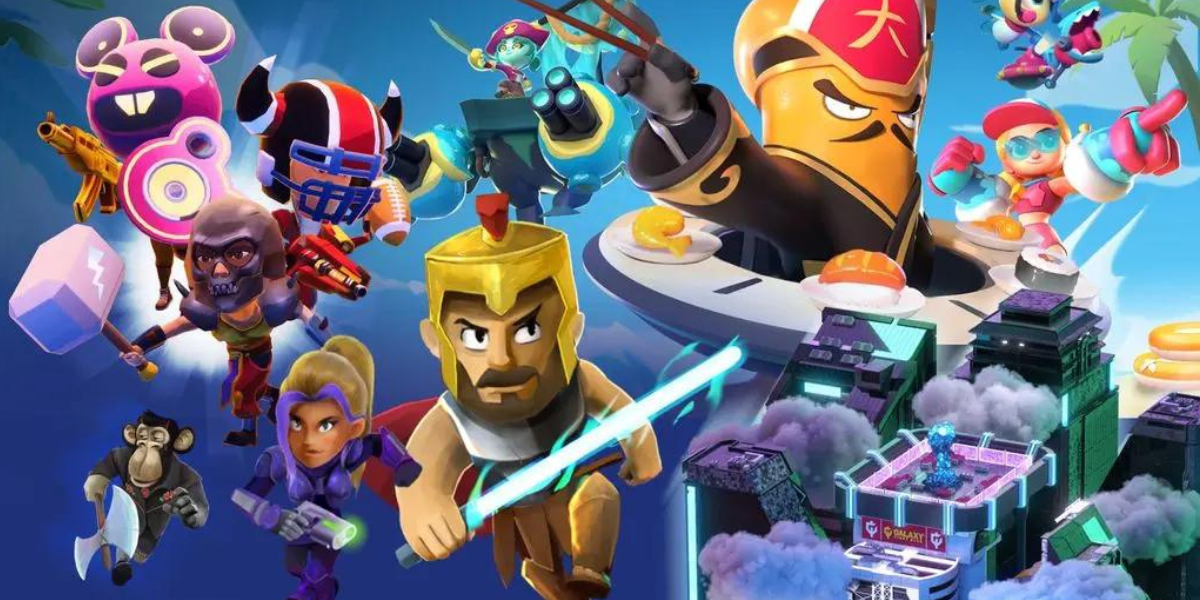How does NFT art work? Discover the mechanics behind NFT art, its impact on the digital art world, and how artists can benefit from blockchain tech.
Introduction: The Rise of NFT Art and how does NFT art work?
Non-Fungible Tokens (NFTs) have transformed the art industry by enabling artists to monetize their digital creations and establish verifiable ownership. But how does NFT art work? This article explores the mechanics of NFT art, its significance in the art world, and its long-term implications for artists, collectors, and investors.
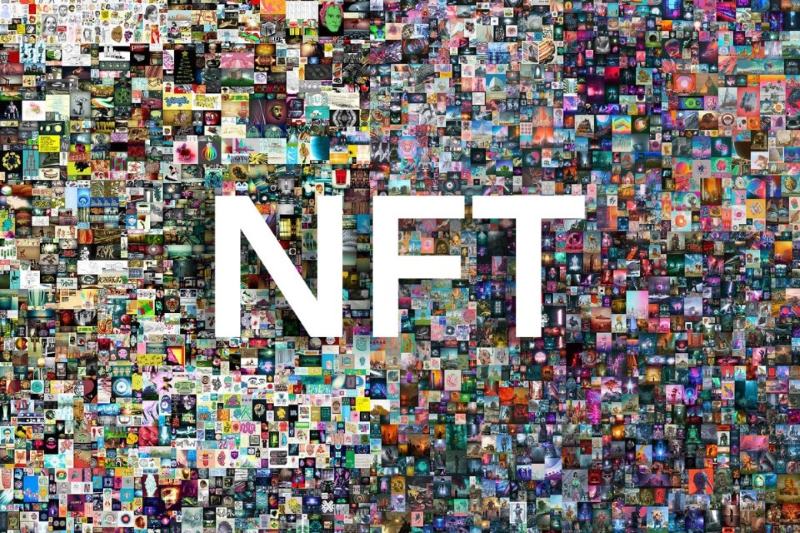
Sự trỗi dậy của NFT how does it works is deeply connected to blockchain technology, which provides a decentralized and immutable ledger to authenticate ownership. In 2021, the NFT market saw a record-breaking sale of Beeple’s Everydays: The First 5000 Days for $69 million at Christie’s, marking a turning point in digital art history. The increasing adoption of NFTs by mainstream artists and institutions underscores their potential to redefine the creative economy.
What Is NFT Art and How Does It Work?
How does NFT art work? NFTs are unique digital assets that serve as proof of ownership and authenticity. Unlike traditional digital files that can be copied indefinitely, NFT art is tokenized on a blockchain, ensuring that each piece is one-of-a-kind or part of a limited series.
How Does NFT Work for Art?
- Minting Process: Artists convert their digital artwork into NFTs by uploading them to an NFT marketplace and linking them to a smart contract.
- Blockchain Authentication: The NFT is stored on a blockchain such as Ethereum, Solana, or Tezos, providing a secure and verifiable record of ownership.
- Buying and Selling: NFT collectors can purchase and trade digital artworks through decentralized marketplaces like OpenSea and Rarible.
- Royalties for Artists: Smart contracts ensure that artists receive a percentage of future resales, creating a sustainable revenue stream.
The Role of Blockchain in NFT Art
Blockchain technology is the backbone of NFT art how does it works provides a secure, transparent, and decentralized infrastructure that ensures the authenticity and provenance of digital artworks. Without blockchain, the concept of NFT art would not be possible.
Phân cấp
Unlike traditional art markets where auction houses or galleries act as intermediaries, blockchain allows direct transactions between artists and buyers. This peer-to-peer nature eliminates reliance on third parties and ensures artists receive full control over their work.
Transparency and Provenance
Every transaction, from minting to resale, is recorded on a blockchain ledger. This level of transparency provides an immutable record of ownership and origin, reducing fraud and ensuring that buyers can verify an artwork’s legitimacy.
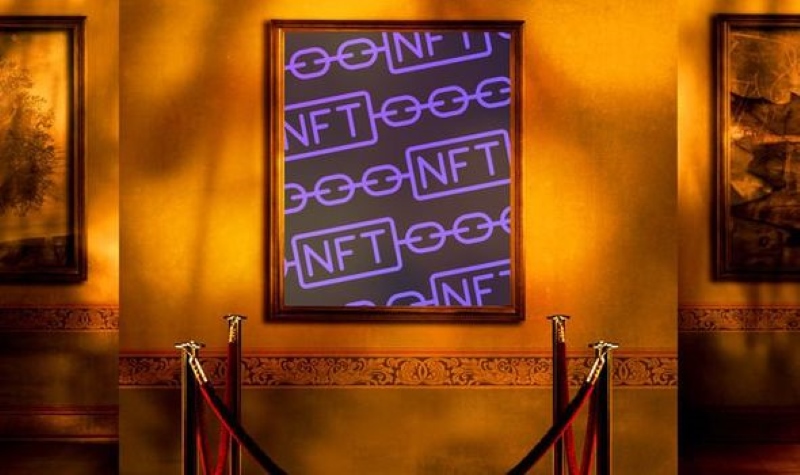
Smart Contracts and Royalties
Smart contracts are self-executing agreements embedded in the blockchain. These enable:
- Automated royalties – Artists earn a percentage of secondary sales, ensuring long-term revenue streams.
- Conditional ownership transfers – Owners can define terms under which NFTs can be resold or used.
Security and Immutability
NFTs exist on a tamper-proof blockchain, meaning ownership cannot be altered or forged. Unlike traditional art, where counterfeiting remains a concern, NFT art benefits from cryptographic security that makes it virtually impossible to duplicate ownership records.
Cross-Blockchain Functionality
New advancements in interoperability allow NFT art to be bridged across different blockchain networks. This enhances accessibility and offers collectors more flexibility in managing digital assets.
Ethereum remains the dominant blockchain for NFTs, but alternative networks such as Solana and Polygon are becoming more popular due to lower transaction fees and faster processing speeds.
What Makes NFT Art Valuable?
NFTs how does it work value is influenced by multiple factors:
- Scarcity: Limited editions increase demand and exclusivity.
- Provenance: Blockchain records authenticate ownership and origin.
- Artist Reputation: Works by renowned artists attract higher bids.
- Community and Utility: Some NFTs provide membership benefits or real-world perks.
How to Buy and Sell NFT Art
NFT marketplaces provide a global digital economy where collectors and artists can engage in transactions with unprecedented ease. Whether you’re an artist looking to sell your work or a collector investing in digital assets, understanding how to buy and sell NFT art is crucial.

Steps to Buying NFT Art:
- Set Up a Crypto Wallet:
- Create a digital wallet (MetaMask, Coinbase Wallet, Trust Wallet) to store your cryptocurrency and NFTs.
- Secure your wallet with a strong password and backup phrase.
- Fund Your Wallet:
- Purchase cryptocurrency (primarily Ethereum) from an exchange such as Binance or Coinbase.
- Transfer funds to your wallet to be used for purchasing NFTs.
- Choose an NFT Marketplace:
- Select a platform that supports NFT transactions (OpenSea, Rarible, Foundation, SuperRare).
- Connect your wallet to the marketplace.
- Browse and Purchase NFT Art:
- Explore different categories, artists, and trending collections.
- Buy at a fixed price or participate in an auction.
- Confirm and Store Your NFT:
- Complete the transaction by confirming it on the blockchain.
- Store your NFT in a secure digital wallet or display it in a virtual gallery.
Steps to Selling NFT Art:
- Create and Mint Your NFT:
- Upload your digital artwork to an NFT marketplace.
- Mint the NFT by registering it on a blockchain through a smart contract.
- Define metadata (title, description, edition number, properties).
- List Your NFT for Sale:
- Choose between fixed price hoặc auction-style listing.
- Set royalty percentage for future sales.
- Promote Your NFT:
- Share on social media, NFT communities, and forums.
- Engage with collectors to increase visibility.
- Complete the Sale and Transfer Ownership:
- When a buyer purchases your NFT, ownership is transferred via blockchain.
- Artists receive payment instantly in cryptocurrency.
- Earn Royalties from Future Sales:
- Each time the NFT is resold, a percentage of the sale automatically goes to the original artist, ensuring ongoing revenue.
NFT Art Market Trends and Future Potential
Current Trends in NFT Art
The NFT art market is constantly evolving, driven by technological innovations, investor interest, and cultural shifts. Some of the most notable trends include:
- Increased Institutional Involvement: Major brands, museums, and galleries are incorporating NFTs into their business models, providing mainstream validation.
- Utility-Based NFTs: Artists are offering more than just digital artwork—NFTs now come with real-world benefits such as VIP event access, merchandise, and even physical art pieces.
- Gaming and Metaverse Integration: The use of NFT art in virtual worlds and trò chơi dựa trên blockchain is growing, with digital art being displayed in virtual galleries and metaverse real estate.
- AI-Generated NFT Art: Artificial intelligence is increasingly being used to create and personalize NFT artworks, opening new creative possibilities.
- Eco-Friendly NFTs: With concerns over blockchain energy consumption, more artists and collectors are moving towards sustainable blockchain solutions such as Tezos, Flow, and Ethereum’s transition to Proof-of-Stake (PoS).
The Future of NFT Art
NFT art is set to undergo significant transformations in the coming years. Key developments that will shape the future of NFT art include:
- Enhanced Interoperability
- Future NFT ecosystems will allow seamless cross-chain transactions, reducing reliance on a single blockchain and increasing accessibility.
- Integration with Augmented Reality (AR) and Virtual Reality (VR)
- NFTs will become more interactive, enabling collectors to experience digital art in immersive environments through AR and VR applications.
- Decentralized Autonomous Organizations (DAOs) in Art
- DAOs will empower art communities by giving collectors and artists collective decision-making power regarding exhibitions, auctions, and commissions.
- Regulation and Compliance
- Governments and financial institutions are beginning to address NFT regulations to prevent fraud, ensuring a more structured and legally compliant marketplace.
- Evolution of NFT Marketplaces
- NFT platforms will continue to innovate by offering better user interfaces, lower transaction fees, and enhanced security features.
- Tokenization of Physical Art
- Traditional artworks will be tokenized as NFTs, allowing fractional ownership and enabling a wider audience to invest in high-value art.
- Mainstream Adoption
- As education and accessibility improve, NFTs will no longer be limited to crypto enthusiasts. More people will engage with digital art, leading to a broader and more diverse market.
Remaining informed about the latest advancements in the NFT art sector is vital. To gain valuable insights into emerging projects, market dynamics, and technological innovations, it is advisable to follow reputable tin tức về trò chơi blockchain nguồn.
Common Challenges of NFT Art
Despite its potential, NFT art faces notable challenges:
- High Gas Fees: Ethereum’s network fees can be prohibitive for small artists.
- Copyright and Plagiarism Issues: Unauthorized minting of art remains a concern.
- Market Volatility: NFT prices fluctuate based on speculation and demand.
Conclusion: The Future of NFT Art and Digital Ownership
NFT art has ushered in a new era of digital ownership, empowering artists and redefining the global art market. The integration of blockchain technology ensures transparency, security, and decentralization, making NFT art a viable and long-term innovation in the digital economy.
However, challenges such as market volatility, regulatory uncertainty, and sustainability concerns remain key issues to address. As the industry matures, emerging solutions like eco-friendly blockchains, enhanced smart contract functionalities, and improved interoperability will shape the future of NFT
Beyond the art world, NFT technology is expanding into other sectors, including gaming, entertainment, and metaverse development. Platforms like hội chơi game are actively utilizing NFTs to build immersive gaming economies where players can own and trade in-game assets securely.
For artists, collectors, and investors, understanding the dynamics of NFT art is crucial in navigating this evolving digital landscape. As adoption grows and new innovations emerge, NFTs will continue to transform digital ownership and creative expression on a global scale.
Explore the world of NFT art today! Join NFT communities, invest in digital artwork, or start minting your own creations.
Những câu hỏi thường gặp (FAQ)
1. What is NFTs and how does it work?
NFTs are blockchain-based digital assets that verify ownership of unique items such as art, music, and collectibles.
2. How does NFT art differ from traditional art?
NFT art is stored digitally, can be easily transferred or resold, and includes automated royalties for artists.
3. Can NFT art be copied?
While digital copies can be made, the blockchain ensures the authenticity and ownership of the original NFT.
4. How do NFT artists make money?
Artists earn money by selling NFTs and receiving royalties from secondary sales.
5. Are NFTs a good investment?
NFTs can be profitable, but investors should conduct thorough research before purchasing.
